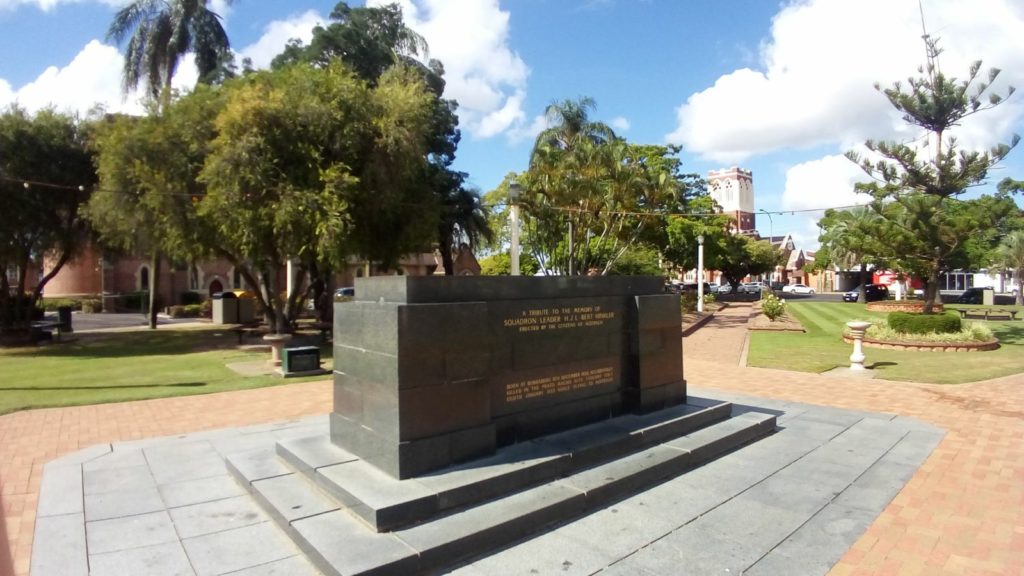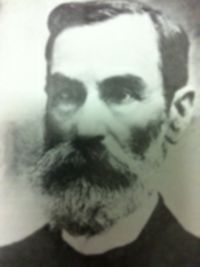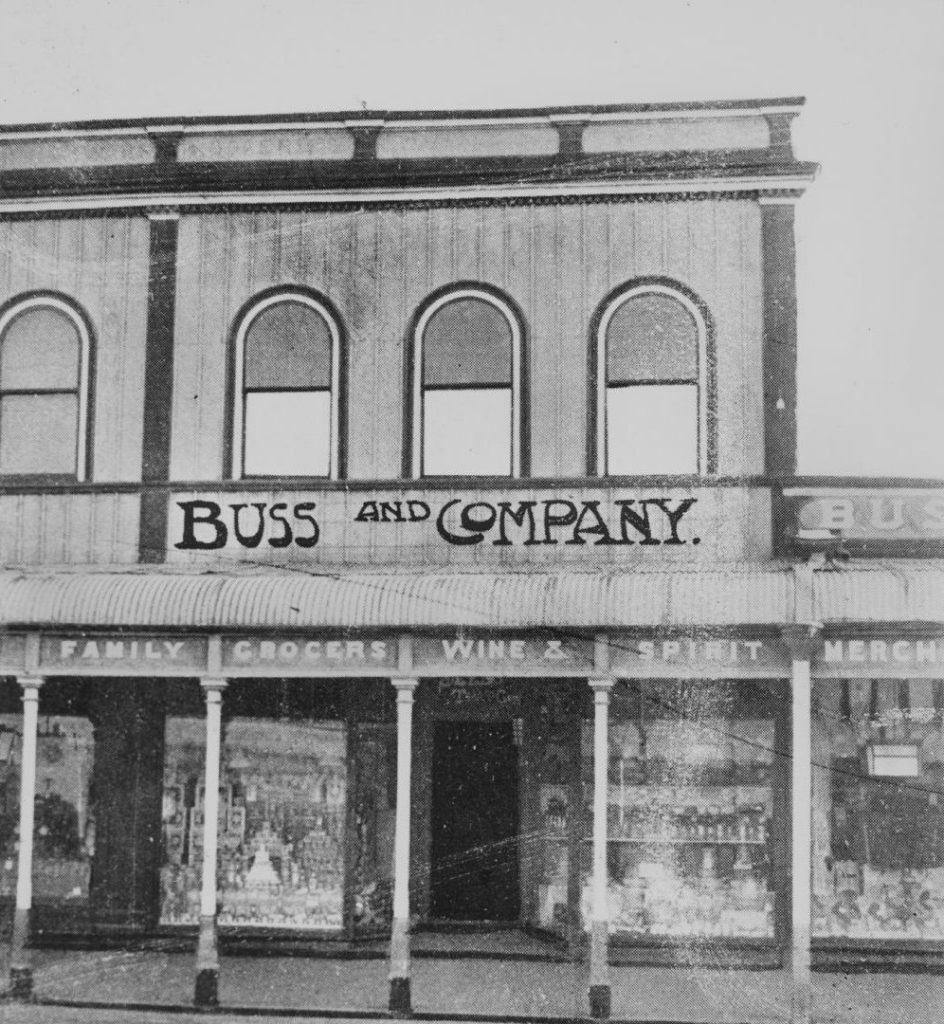
Learn more about one of Bundaberg’s most famous citizens, Frederic William Buss, whose family name is honoured at Buss Park.
The Australian Dictionary of Biography records that merchant, sugar planter and manufacturer, Frederic William Buss (1845-1926), was born on 2 January 1845 at Faversham, Kent, England.
He was the son of chemist Thomas Buss and his wife Frances Helen, née Thorpe.
Educated at the Grove House, Highgate, London, he left school when young, served a draper’s apprenticeship, and in 1863 arrived in Queensland with his father, sisters and brothers including Charles and George, later his partners.

He worked in Brisbane for RA & J Kingsford and for William Southerden & Co in Maryborough, then for 10 years ran a drapery shop in Maryborough with Thomas Penny; they also had a Bundaberg branch.
After visiting England, Buss established a major department store in Bundaberg in partnership with his brother George and WH Williams. The firm became Buss & Turner in 1888 and settled in Bourbong Street.
As the sugar industry gained momentum in the late 19th century the store became foster-nurse to half the business houses in the town.
One of the most important was Woolley, Bergin & Co, which became significant suppliers of agricultural machinery, occupying shops owned by Frederic Buss on Bundaberg’s main street.
He may well have been the silent partner who enabled the company to buy out the ironmongery section of Buss & Co in 1885. Discussing his success in 1888, the Bundaberg Reporter said: “He touches nothing now scarcely but it turns to gold”.
The opening of Millaquin refinery in 1882 by the Cran brothers of Maryborough facilitated Bundaberg’s transition to a premier sugar district in which Buss and his associates built an empire of plantations and mills.
In 1881-1918 Buss, his family (particularly his brother Charles) and partners acquired interests in 11 properties, many of them in the rich Woongarra canefields where he lived.
He later invested in Mackay Sugar and left his shares in Farleigh Estate Sugar Co to his two sons.
Only Millaquin and the Yengarie refinery at Maryborough extensively practised the system whereby juice was pumped from near-by crushing mills by pipeline.
Of 16 such mills constructed in 1881-85 to serve Millaquin, Buss had interests in three.
He joined the Crans in constructing the Duncraggan mill, the refinery’s biggest early supplier (absorbed later by AP Barton’s Mon Repos, Ashfield, and worked by Charles Buss and JS Penny from 1882) and the 1000 acres (405ha) of Pemberton Grange and Glen Morris owned by Frederic Buss and John Ewen Davidson who were white-sugar producers; heavy expenditure on modern machinery designed by the company’s own engineer promoted efficiency.
Invicta on the Kolan, a highly regarded mill owned by Frederic alone, was sold in 1918.
At Knockroe plantation, Buss with his partners T Penny and Williams followed the lead set by the Colonial Sugar Refining Co in subdividing for tenant farmers.
Although the experiment was not completely successful at first, other family plantations were subdivided.
Frederic Buss was also one of the initiators and directors of the distillery which tided Bundaberg over the crisis years of the 1880s and 1890s.
In 1898 his ventures in the sugar industry employed 700 men and produced an output worth £144,000.
A member of the Bundaberg Municipal Council in 1891-93, he was active in the chamber of commerce. He was also on the harbour board and a justice of the peace. He declined the offer of a seat in parliament.
His donation of £500 for tree planting in the main streets was a lasting legacy and Buss Park was named for the family.
On 3 October 1870 Frederic Buss had married Maria Howard at Maryborough; she and six children survived him when he died at Bundaberg on 20 June 1926.
His estate, valued for probate in Queensland at £45,098 and in New South Wales at £62,409, provided bequests for Dr Barnardo’s Homes and six institutions in Bundaberg, Maryborough and Brisbane. He was buried in the Bundaberg general cemetery with Anglican rites.

An obituary published after his death noted:
“Unaffected by the material success his energy and enterprise have won, he remained throughout the same kindly and charitably disposed Fred Buss, who coming here at the dawn of Bundaberg, made his name, a household word in all parts of the town and district. Accessible to all, unkindly to none, the sunset of life came slowly, softly and tenderly to him. A widow, two sons and four daughters survive.”
Citation
G. Nolan, ‘Buss, Frederic William (1845–1926)’, Australian Dictionary of Biography, National Centre of Biography, Australian National University, http://adb.anu.edu.au/biography/buss-frederic-william-5440/text9235, published first in hardcopy 1979, accessed online 27 January 2020. This article was first published in hard copy in Australian Dictionary of Biography, Volume 7, (MUP) 1979.
- Other history: Bert Hinkler’s voice celebrated on global heritage day





Love these stories of history of old Bundy Town.